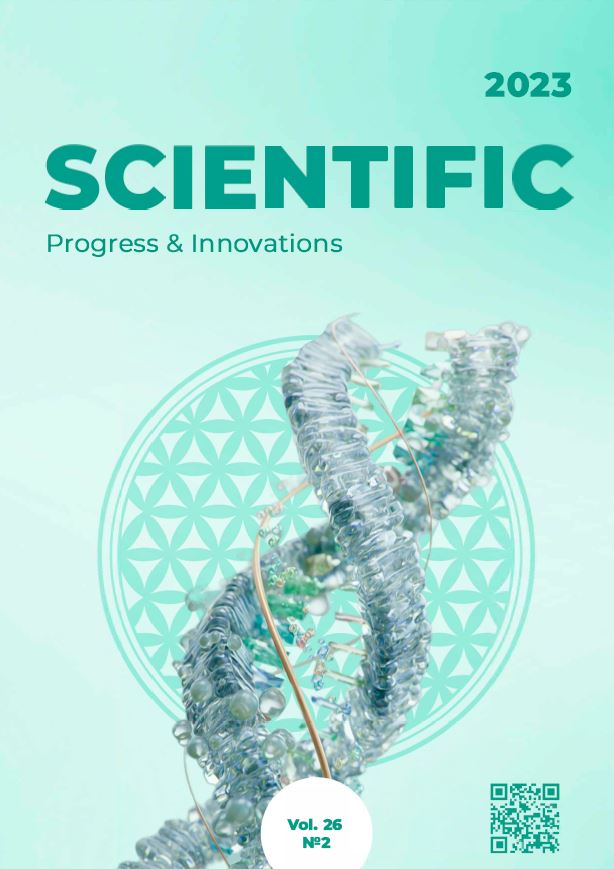Species composition of harmful entomofauna of Baikal skullcap in the Steppe zone of Ukraine
DOI:
https://doi.org/10.31210/spi2023.26.02.11Keywords:
medicinal plants, cultivation technologies, Baikal skullcap, phytophagous insects, entomo-complex, phytosanitary monitoringAbstract
Plantation cultivation of medicinal plants, especially perennials, causes the formation of a stable complex of pests. Currently, it is relevant to create a list of potentially dangerous phytophagous species for a specific region. We clarified the species composition and studied the dynamics of the entomofauna population of the agrophytocenosis of the Baikal scutellaria (Scutellaria baicalensis Georgi) in the steppe zone of the Ukraine. The entomocomplex of the culture is represented by polyphagous insect species (7 species) and a specializedт species adapted to feeding on plants of the Nettle family, the green shield bug. The orders of beetles (Coleoptera) and moths (Lepidoptera) were characterized by the least diversity (2 species each). The proportion of beetles in the entomo-complex structure was 15 %, and moths accounted for 20 % of the total. The order of true bugs (Hemiptera) included 4 species from the families plant bugs (Miridae), leafhoppers (Cicadellidae), and stink bugs (Pentatomidae). The share of true bugs (Hemiptera) was 65 %. Based on thorough excavations, we discovered larvae of the common cockchafer (Melolontha melolontha L.) of various ages and larvae of the turnip moth (Scotia segetum Schiff.). The population of cockchafer larvae varied from 0.2 ind./m² in 2020 to 0.5 ind./m² in 2021, and that of the turnip moth ranged from 0.1 ind./m² in 2020 to 0.3 ind./m² in 2021. Despite such a number of phytophages, no significant plant damage was observed. During the vegetation period, the above-ground parts of the plants were damaged by the meadow plant bug (Lydus rugulippennis Popp), the sloe bug (Dolycoris baccarum L.), and the alfalfa plant bug (Adelphocoris lineolatus Goeze.); the yellow leafhopper (Empoasca flavescens F.), and the silver Y moth (Autographa gamma L.). The peak population of bugs was observed during the budding phase – 2.5 ind./m² in 2020 and 3.7 ind./m² in 2021. The overall damage rate by bugs during the flowering period did not exceed 4.5 %. Over the study years, there was a gradual increase in the population density of the silver Y moth, with its maximum during the stem formation phase – 2.3 ind./m² (2020) and 1.7 ind./m² (2021). The above-ground parts of the Baikal skullcap, starting from the stem formation phase to the end of vegetation, were damaged by the yellow leafhopper (Empoasca flavescens F.). Its population density in 2020 was 0.3 ind./m², whereas, in 2021, it was 0.8 ind./m² (during the stem formation phase). The damage level caused by leafhoppers was relatively low at 14% and 8% over the study years. During the counts, isolated individuals of the green shield bug were also recorded.

 Creative Commons Attribution 4.0 International Licens
Creative Commons Attribution 4.0 International Licens